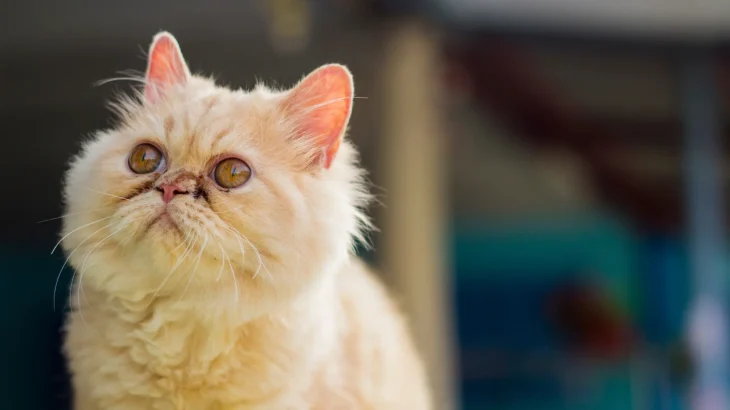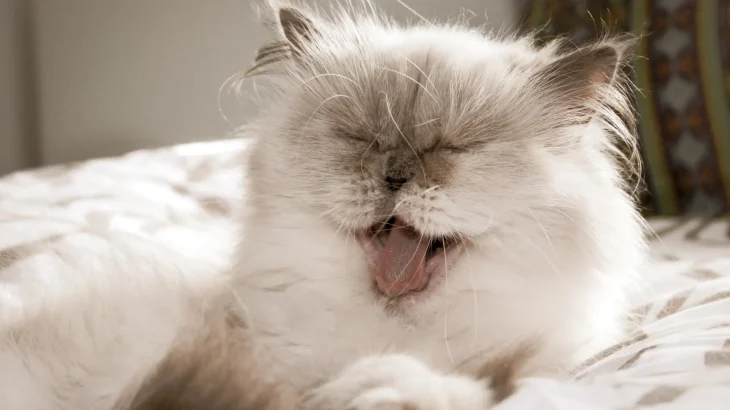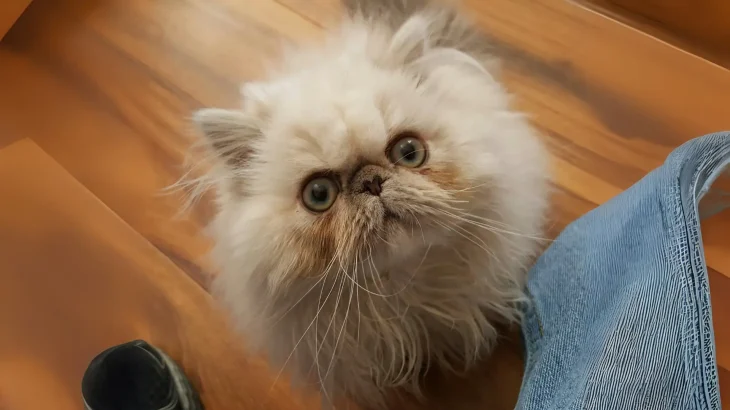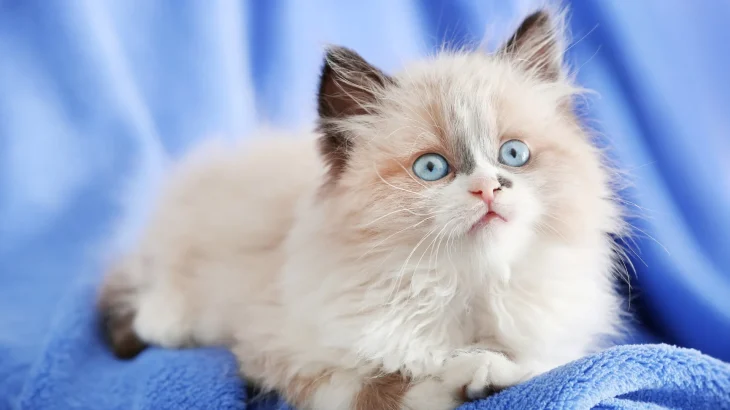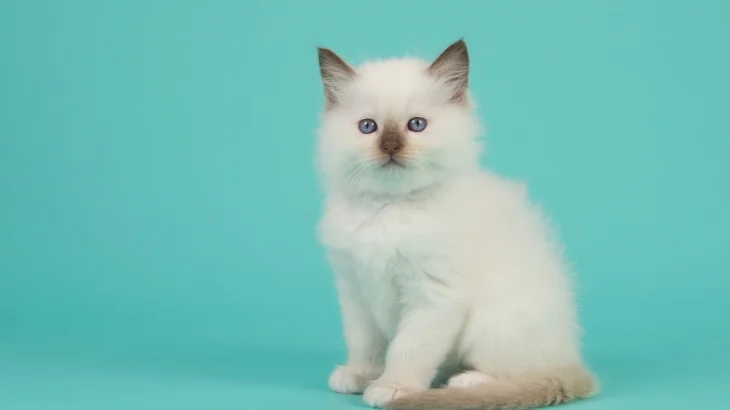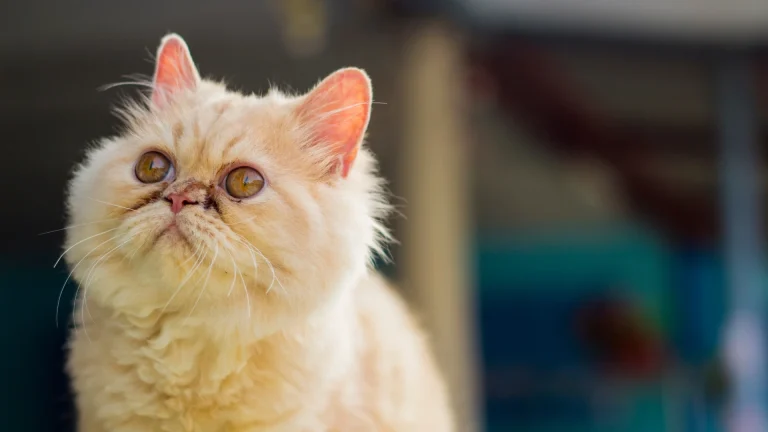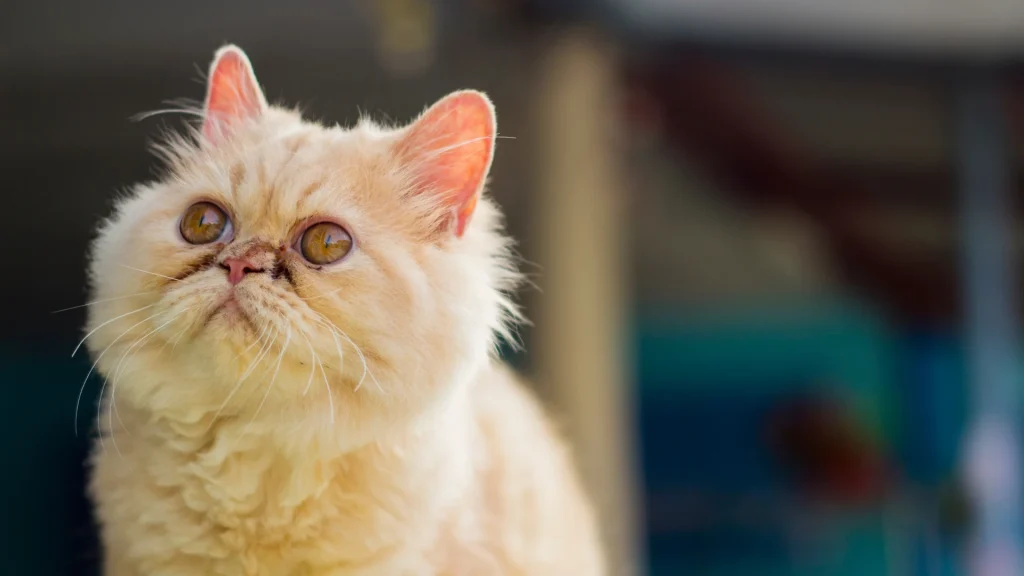Choosing between adopting or purchasing a Doll Faced Persian kitten involves weighing factors like cost, health transparency, and ethics. Buying from a breeder offers more predictability about lineage and health, while adopting gives a home to a cat that might otherwise be overlooked. Each option has unique benefits depending on your priorities.
| Criteria | Buying from Breeder | Adopting from Shelter/Rescue |
|---|---|---|
| Cost | Higher upfront cost reflecting purebred status and breeder expenses. | Lower adoption fees, usually covering vaccinations and spay/neuter. |
| Health History | Comprehensive health records and genetic info provided. | May be limited or unknown, though basic health screening is common. |
| Age Availability | Typically kittens, ideal if raising from early age. | Wide range of ages from kittens to adults. |
| Temperament Insight | Breeders often share lineage-based temperament details. | Behavior observations by shelter staff but fewer lifelong insights. |
| Supporting Practices | Supports established breeding programs focused on breed standards. | Supports animal welfare groups and helps reduce shelter populations. |
| Ethical Considerations | Important to choose ethical breeders to avoid poor practices. | Promotes rescue and rehoming of cats in need. |

